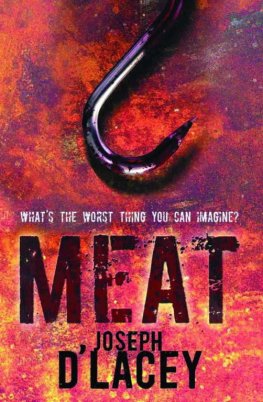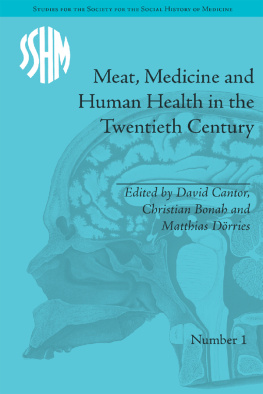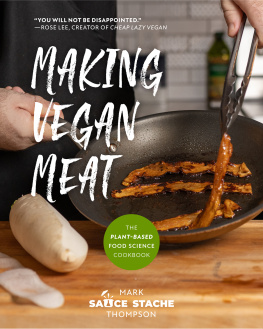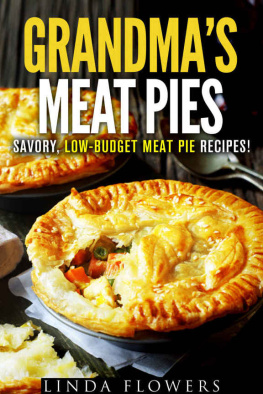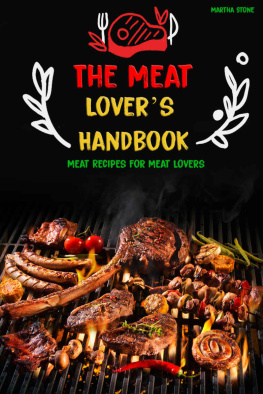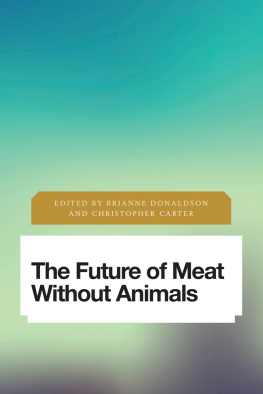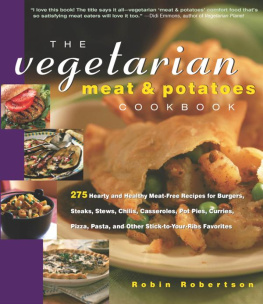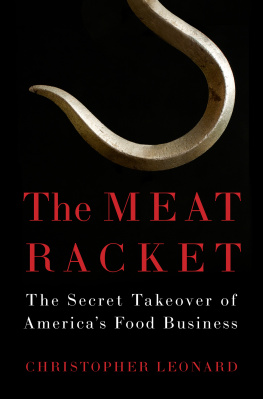Contents
Guide
This book is required reading for anyone who eats. Christopher Leonard, New York Times bestselling author of The Meat Racket and Kochland
Raw Deal
Hidden Corruption, Corporate Greed, and the Fight for the Future of Meat
Chloe Sorvino
To the future generations who will not have the luxury of deciding whether change is worth it.
And to My Dream Team, for your unconditional love.
Mom, for staying up with me.
Nick, for waking me up with coffee.
Emery, for keeping me fed.
Introduction: A Pandemic Catalyst
In April 2020, as Americas slaughterhouses transformed into hotbeds of COVID-19 outbreak, many livestock farmers had to accept their worst nightmare: killing off their own herds. In quick succession, fourteen plants from Sioux Falls, South Dakota, to Perry, Iowa, had closed. Exposed workers were calling in sick, and others stopped showing up. Without enough workers on the line, the plants couldnt run as many shifts, and the backups started to ricochet throughout the supply chain. Slaughterhouses curtailed how many animals they could accept. With more time to put on weight, some of the hogs and cattle became too fat to fit through slaughterhouse machinery. An industry that had shaved the slaughter and processing of livestock down to a fraction of a second came to a halt.
At the Smithfield facility in Milan, Missouri, a longtime pork slicer decided enough was enough. She had suffered UTIs in the past while working eleven-hour shifts with only two fifteen-minute bathroom breaks and a thirty-minute lunch break allowed a day. She was concerned by what could happen if Smithfield ignored its workers health amid COVID-19. As a Jane Doe, she pushed the meat industry to high alert with an anonymous lawsuit, which was later dismissed. Line workers in that plant continued to butcher shoulder to shoulder, cutting up to 1,100 hogs an hour. The conveyor belts moved so fast that workers trimming meat didnt have enough time to cover their mouths to cough. The lawsuit aimed to close the plant until workers could exist there with social distancing measures in place, insisting not just on masks and plexiglass dividers but a full six feet of spacing between each worker, based on the Centers for Disease Control and Preventions guidelines. These changes would mean the amount of meat leaving the door would need to be slashed.
That lawsuit seems to have been enough to scare billionaire Tyson chairman John Tyson. The patriarch of Americas largest meat supplier took out an ad in the Sunday New York Times just three days after the complaint was filed. The food supply chain is breaking, he proclaimed. Tysons motives behind the ad were far more complicated. He was pushing workers who were risking their lives to keep showing up on the line, while attempting to rally public support around meat processing. Tyson stoked fears, among both consumers and the government, that American grocery stores would soon face lasting shortages.
There was a veiled threat contained within the ad for anyone willing to look a little deeper. The ad was published within seven months of the 2020 presidential election. Americans, historically, havent kept politicians in office when theyre unhappy about meat. Yet the food supply chain was already broken, and Tyson helped break it. Did Tyson deserve to rally support through fearmongering after years of squeezing out producers and allegedly limiting employee compensation in an attempt to deliver record-breaking profits to shareholders?
An executive order signed by President Donald Trump employed the Defense Production Act to compel meat-packers to reopen and attempt to absolve them of worker safety liability. The order was based on a proposal drafted by Tysons legal department. According to a congressional report released in May 2022, as Tyson and Smithfield worked to secure Trumps support, executives including the CEOs engaged in constant communications with Trump appointees at USDA and the White House, and the eventual order adopted the themes and statutory directive laid out in Tysons draft. All fourteen plants had shifts back within a few days.
But backups continued.
Workers kept getting sick from the novel virus. The tragedy even inspired managers at a Tyson plant in Waterloo, Iowa, to create an office betting pool on how many workers would die. An independent investigation, spearheaded by former attorney general Eric Holder, concluded in December 2020 and led to the firing of seven plant managers.
There still was hardly a comprehensive shortage, despite what John Tyson seems to have wanted Americans to believe. The most popular cuts were harder in some places to secure. But meat production had been rising for years, and customers inside restaurants and grocery stores seeing temporary shortages were really experiencing the effects of several confounding factors: pandemic-related logistics woes, a decrease in the supply of meat from unnaturally high levels, and historic highs of meat leaving the United States as exports. Prices for fresh meat rose 11 percent. There was a lack of actual demand for frozen meat even though the supply remained high in freezers.
Highly centralized meat production was what was breaking. In quick succession: Kroger and Costco announced they would limit meat purchases, followed by Texas-based H-E-B, and then Wendys, known for using only fresh beef, stopped making hamburgers at some locations. When I got the 9 p.m. text from my cousin in DC, asking if she should buy another chest freezer and stock up on meat, I realized panic was setting in across mom blogs and beyond.
Big and Fragile
In April, as potential shortages loomed, Temple Grandin called me from her home near Colorados ranchlands. Temples tone was gruffer than usual. The iconic slaughterhouse consultant had spent more than a half century pushing the biggest players in the meat industryfrom McDonalds to Cargill to Tysonto adopt more humane livestock practices as they charted global expansion. Grocery stores hadnt come this close to running out of burgers and bacon in decades.
My questions for Temple spilled out as I paced around my couch. The supply chain shocks were creating large amounts of waste. What was happening to the thousands of hogs not making it to the slaughterhouse? Why was the Department of Agriculture still reporting frozen beef and pork inventory nationwide at an all-time high? And why was meat still being exported while forty million people were unemployed and food bank lines lasted hours? Did Temple think industrial meats supply chains were broken beyond repair?
Badly managed is bad, Grandin decided, her deep and guttural voice punctuating each b. Big is not bad, she explained; it is fragile. Temple then told me the story of when she first realized this. During a storm in 2013, she was driving back to her Fort Collins, Colorado, home and the interstate was flooded. After finding the backroads also impassable, she continued to drive. She made it out near the town of Greeley, the agribusiness hub where JBSs American division is headquartered. There, she found a massive feedlot where the cattle were all dry but the flooding was starting to hit the edges of the yard. A dry bridge came into view, just a foot out of water, and she drove over it to get home.
The bridge was submerged an hour later. JBS, the worlds largest meat supplier, had the infrastructure, but after that bridge flooded, the entire feedlot was at risk. The floods ended up lasting for a week, killing at least eight people.


